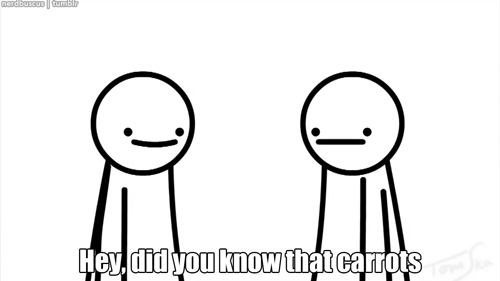Don’t Mislead Your Users
Have you ever tapped an icon or used a gesture only to end up in the wrong place? You were mislead. It’s a sucky feeling. It’s also why we designers should be specific in our intent.
Design is rapidly evolving and trends are appearing all the time. Right now, our interfaces are leaning more towards iconography and gestures rather than text. Which is awesome, and more concise. But with them is a greater chance to mislead. You see, it’s hard to mislead your user with words because they’re words–the explicit and original way to communicate (unless, of course, you skipped English class). But there’s no popover hovering above our icons and gestures. We’re assuming that our users will deduce their meaning and in some cases, discover them.
We shape our products based on what we envision, but sometimes, those visions can be blurry in some areas. Then four hours after our product has gone into the wild, we begin receiving redundant messages exclaiming how this or that was misleading. We weren’t specific.
So be specific. #
Specificity is clarity. I’m not saying you should write a paragraph beneath each trigger in your product, but pass it by a few people. Ask them what they think a particular icon or gesture does. If your accurate response rate is less than 90%, your intent is still blurry. In that case, reanalyze your intention and figure out a better and more concise way to convey it. Ask yourself if any other message could be inferred from that icon other than your intended one. Understand the placement, the context, and the message.
Be specific. Be simple. Be direct.
I’m on Twitter.
